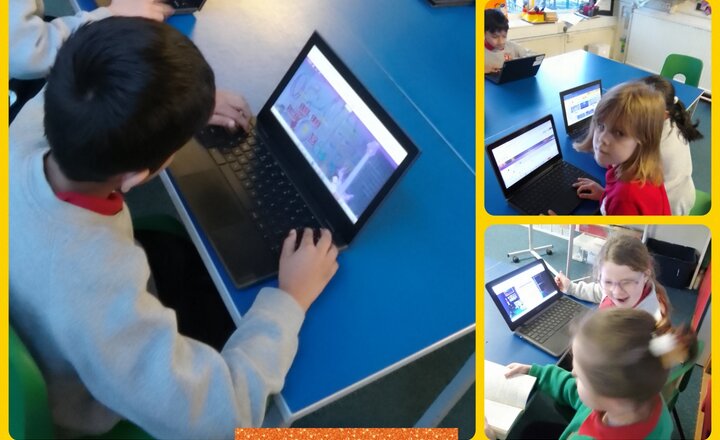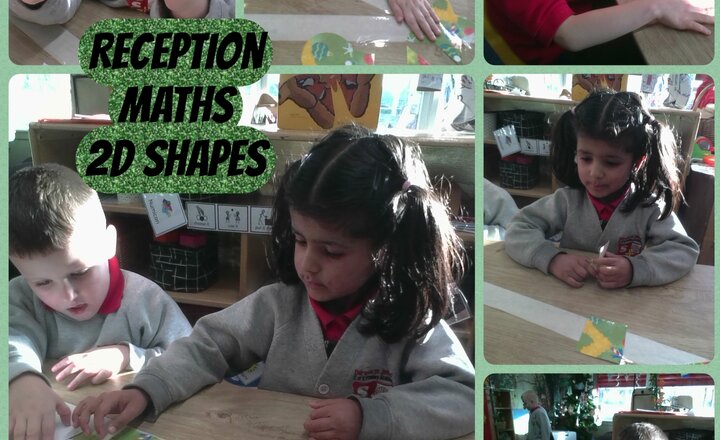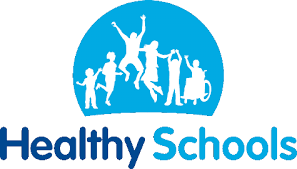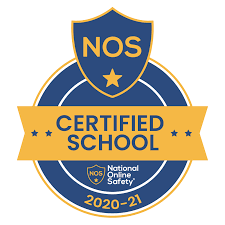For all the latest Maths curriculum news, please click here.

The subject lead for maths at Darwen St James is Mrs Thompson.
At Darwen St James we use the White Rose Maths scheme to support our planning and teaching of Maths throughout school. White Rose Maths is a scheme that has been developed by a team of passionate maths teaching experts who are influenced, inspired and informed by the work of leading maths researchers and practitioners across the world. The scheme's fundamental belief is that 'everyone can do Maths', and it is designed to teach to the 'mastery' of concepts so pupils become confident and resilient mathematicians.
Maths Curriculum
We are also proud users of Times Tables Rock Stars.
In either paper form or online, Times Tables Rock Stars is a carefully sequenced programme of daily times tables practice.
Each week concentrates on a different times table, with a recommended consolidation week for rehearsing the tables that have recently been practised every third week or so.
This format has very successfully boosted times tables recall speed for hundreds of thousands of pupils over the last 8 years in over 16,000 schools - both primary and secondary - worldwide.
Click the image above to login.
Why White Rose?
The reasons we chose the White Rose Maths Primary Scheme of Learning can be summarised by the following points:
- It provides a powerful CPA approach (concrete, pictoral, then abstract) including in its use of models and images, which helps secure pupils understanding of mathematics and to make connections between different representations.
- There is a great emphasis on mathematical language, questioning, explaining, reasoning and problem solving. This allows pupils to discuss the mathematics they are doing, support each other to take ideas further, and develop a broad and secure understanding.
- It provides a connected, progressive curriculum, aiding the development of carefully sequenced lessons, (See more below on progression within the scheme).
- It develops the skills of teachers, without interfering with professional judgement by being over prescriptive.
- The curriculum is designed to use skills that have already been learnt in different contexts (sometimes called ‘interleaving’) whenever possible. This helps pupils to remember and to make connections between different parts of the curriculum.
- It combines the best of both ‘mastery’ and ‘spiral’ approaches in the curriculum. It follows many of the mastery principles – spending longer on topics to help gain deeper understanding, making connections, keeping the class working together on the same topic and a fundamental belief that, through effort, all pupils are capable of understanding, doing and improving at mathematics. But also recognising that just spending a good chunk of time on a topic doesn’t mean that all pupils will ‘master’ it the first time they see it, and that they need to see it again and again in different contexts and in different years to help them truly develop their understanding on their journey to mastery, so we’ve built in the revisiting and reinforcing features of spiral curricula too.
- It is a curriculum that is ambitious and that works for all, with everybody studying the same topic and being provided with support and challenge as needed. Many of the teaching strategies we advocate for all pupils are particularly useful for pupils with SEND.
White Rose Guidance Documents



.jpg)
.png)
.png)

